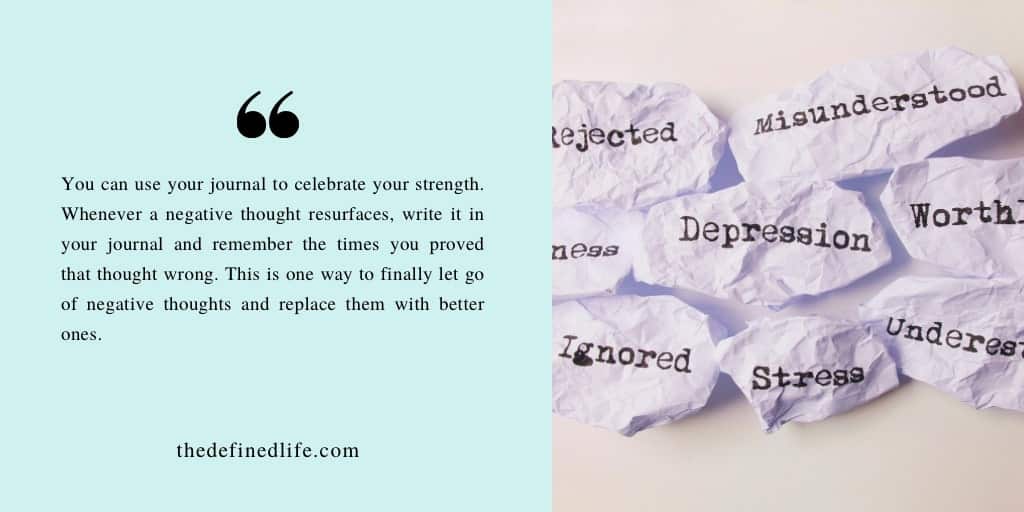
Do you ever catch yourself stuck in your own head—going in circles with the same “what ifs” or harsh self-talk? I’ve been there too. Some days, it feels like no matter what you do, that inner critic just won’t quiet down.
That’s when emotional journaling can make a real difference. Instead of holding it all inside, you give your feelings a safe space to spill out onto paper. Writing down your thoughts helps you pause, breathe, and see things with fresh eyes. With time, it becomes more than just jotting down words—it turns into a gentle practice of clarity, release, and healing.
Table of Contents
What Is Emotional Journaling?
Emotional journaling means putting your feelings, thoughts, and experiences onto paper with honesty and openness. The goal isn’t perfection—it’s giving your emotions space to breathe so you can understand them more clearly.
Psychologists often recommend journaling because it creates distance from overwhelming thoughts, a concept known as cognitive defusion in therapy. By moving words from your head to the page, you gain perspective.
As you write, you may start to notice patterns that were hidden before. That awareness can help you step back, question your inner dialogue, and reshape the negative stories you’ve been carrying.
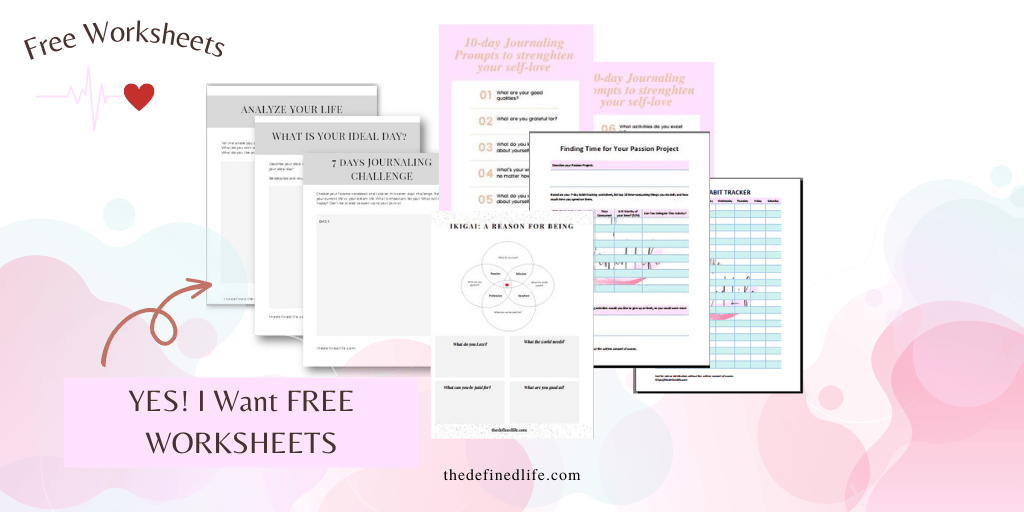
5 Ways Emotional Journaling Helps Reframe Negative Thoughts
Here’s how this simple practice can make a real difference in your daily life:
1. It Creates Space Between You and Your Thoughts
When you write your feelings down, they move from your head to sitting on the page. That space helps you see them more clearly. Instead of “I am a failure,” journaling helps you notice: “I felt like a failure today because of one mistake.” That shift in language matters.
👉 This is supported by research from the American Psychological Association, which shows that labeling emotions reduces their intensity.
2. It Reveals Hidden Patterns
Emotional journaling often shows you repeating themes. Maybe you notice you’re hardest on yourself when you’re tired, or when you compare yourself to others. Once you see the pattern, you can interrupt it and replace it with healthier self-talk.

3. It Turns Emotions Into Insights
Strong emotions like anger, sadness, or fear usually carry a message. Journaling helps you uncover what that message is. For example: anger may reveal a boundary you need, while sadness may point to something you’ve been avoiding. Reframing starts with understanding the emotion you are feeling now.
👉 This mirrors practices in Cognitive Behavioral Therapy (CBT), where journaling is often used to identify thought-emotion connections.
4. It Encourages Self-Compassion
When you read back your entries, you start to see yourself with more kindness. You realize you’d never talk to a friend the way you talk to yourself. Emotional journaling makes it easier to reframe harsh self-criticism into gentler, more supportive words.
👉 Kristin Neff, a leading researcher on self-compassion, has shown that practicing kindness toward yourself can lower anxiety and depression.
You can also check 30 Self-Compassion Journaling Prompts
5. It Helps You Focus on Solutions
Once the raw feelings are on the page, your mind has room to look for solutions. Instead of staying stuck in “I can’t do this,” your journaling practice might lead you to write: “This is hard, but I can try one small step today.” That’s reframing in action.
6. Emotional Journaling Can Be a Space to Recognize Your Strength
You can use your journal to celebrate your strength. Whenever a negative thought resurfaces, write it in your journal and remember the times you proved that thought wrong. This is one way to finally let go of negative thoughts and replace them with better ones.
Emotional Journaling Prompts to Reframe Negative Thoughts

Here are 20 prompts you can try—each one is designed to gently reframe negative thoughts and guide you toward clarity:
- What’s a negative thought I’ve noticed today? How can I say it in a kinder way? – Rewriting your thoughts helps shift your inner voice from critical to compassionate.
- What emotion do I feel most often, and what might it be teaching me? – Emotions are signals. Writing them down helps you notice the lessons behind them.
- If my best friend had these thoughts, what would I tell them? – You already know how to comfort someone else—this reminds you to give yourself the same care.
- What is one truth I know about myself that my negative self-talk ignores? – Grounding yourself in reality keeps you from believing the lies your mind sometimes repeats.
- What can I be grateful for in this moment, even if it’s small? – Gratitude redirects your focus and helps soften heavy emotions.
- What is one thing I handled well this week, even if it seemed small? – Acknowledging small wins builds confidence and reminds you of your progress.
- What thought keeps repeating in my mind, and what might be underneath it? – Repetitive thoughts often point to deeper fears—writing helps uncover the root.
- What part of myself needs the most patience right now? – Naming the part that struggles makes it easier to treat yourself with gentleness.
- When was a time I proved my negative thoughts wrong? – Looking back at victories shows you that self-doubt isn’t always accurate.
- What is one small step I can take to care for myself today? – Action turns self-awareness into self-support, even in tiny ways.
- What’s something I’m proud of, but I don’t give myself enough credit for? – Shining light on your overlooked wins helps balance out self-criticism.
- What would my younger self be proud to see about me today? – This gives you perspective—you’ve already come further than you sometimes realize.
- What fear has been taking up space in my mind, and how real is it? – Separating fears from facts makes them less overwhelming.
- What would life look like if I stopped believing this negative thought? – Imagining a different reality helps loosen the thought’s hold on you.
- What is one quality I admire about myself, even on tough days? – This keeps you connected to your strengths when you’re feeling low.
- Who makes me feel safe, and why? – Reflecting on safe connections reminds you that support and love exist in your life.
- What boundaries could protect my peace right now? – Boundaries help you stop cycles that fuel negative thoughts.
- What’s one thing I’m looking forward to, no matter how small? – Anticipation sparks hope and keeps your focus on what’s ahead instead of what’s weighing you down.
- If I zoomed out and looked at today from a year in the future, how would I see it? – This prompt helps you reframe struggles as temporary instead of permanent.
- What kind of encouragement do I need to hear right now—and can I write it to myself? – Instead of waiting for reassurance from others, you create it for yourself through your own words.
Here is a post about how to reframe negative thoughts.
Final Thoughts on Emotional Journaling
Negative thoughts will always show up—it’s part of being human. But with emotional journaling, you don’t have to let them take over. Each time you write, you give yourself a chance to pause, reframe, and choose a healthier perspective.
Start with just 5 minutes today. Open your notebook, pick one of the prompts, and write without filter. You might be surprised at how much lighter and more clear-minded you feel after letting your thoughts out on paper.
If you’d like to go deeper into journaling practices, check out my printable tools inside The Defined Life Shop—created to help you care for your mind, reflect with intention, and gently guide your growth.
Love and light,

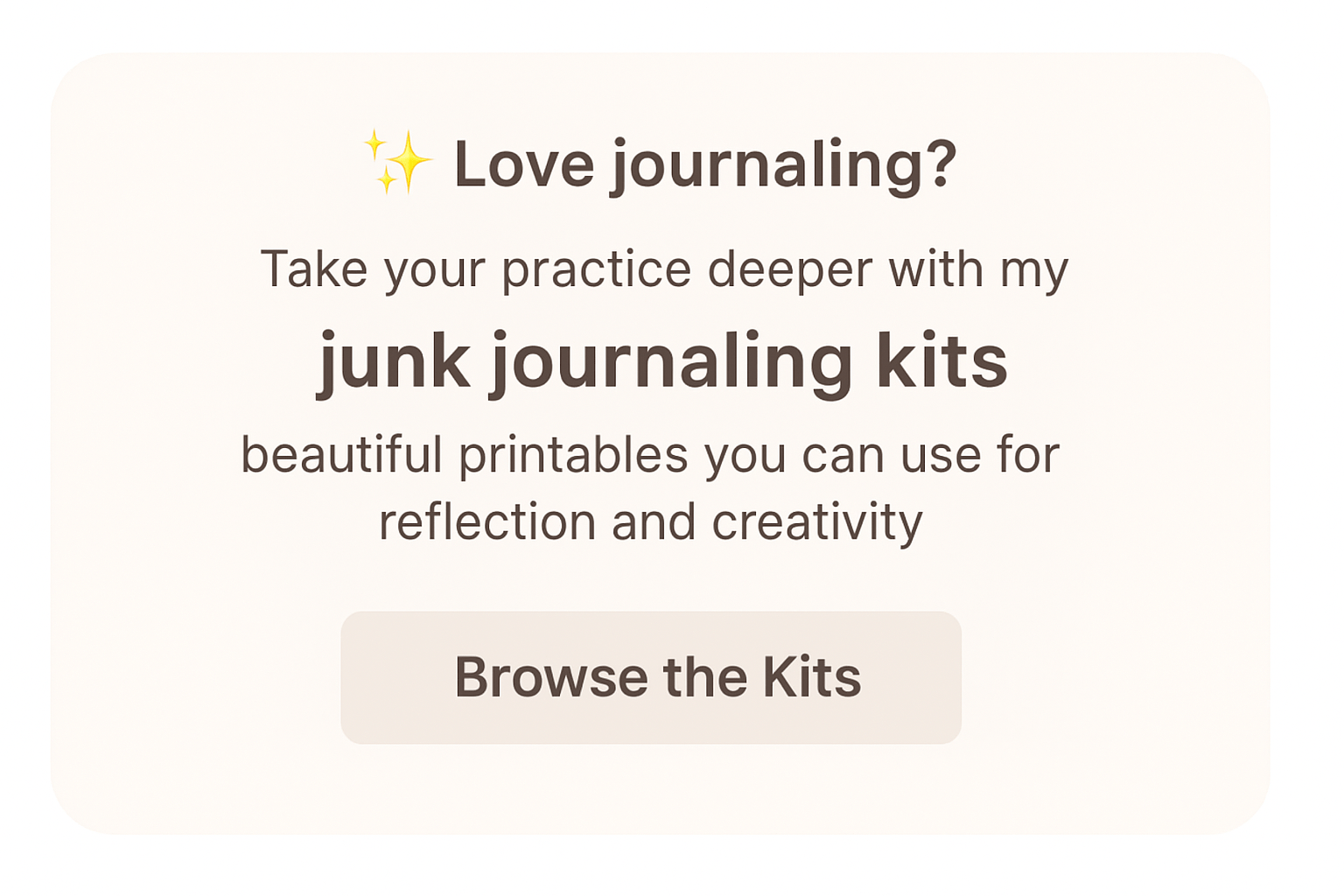
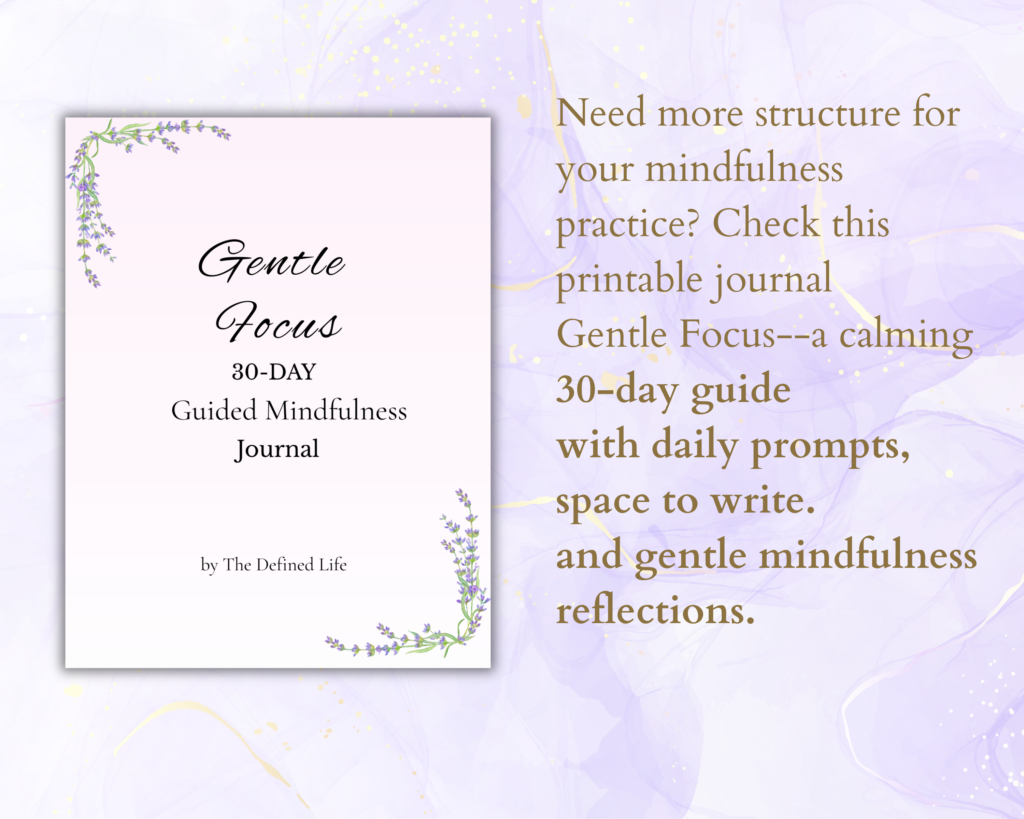
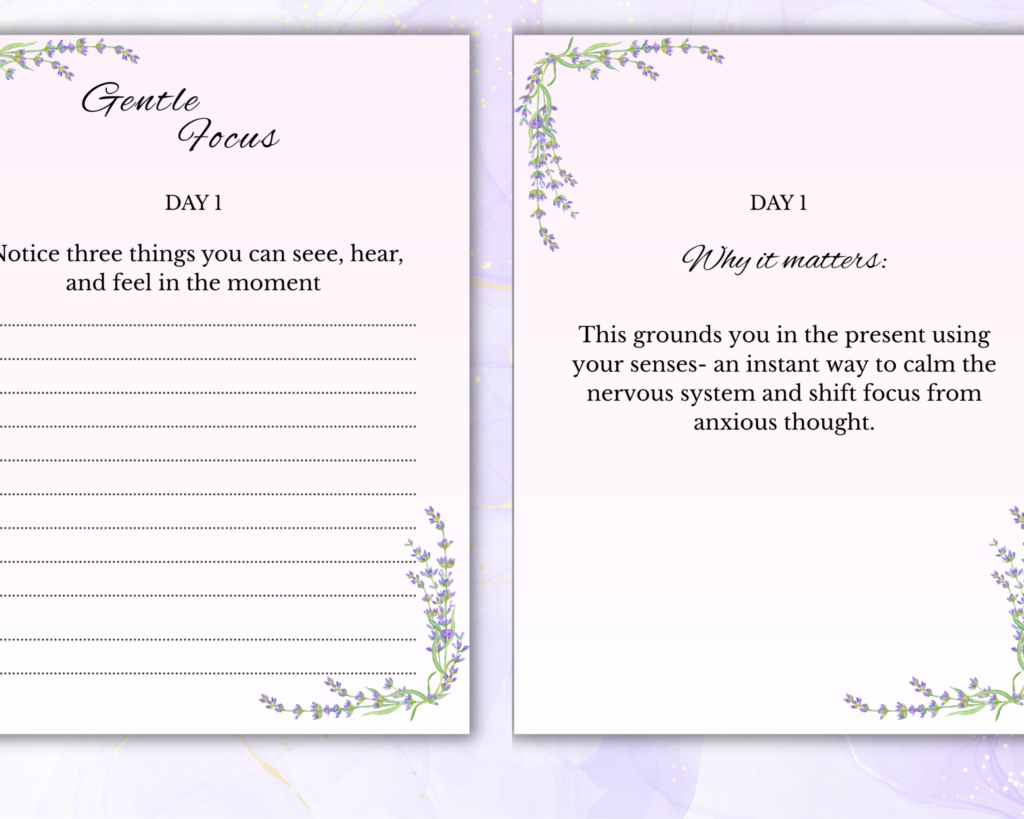







Leave a Reply